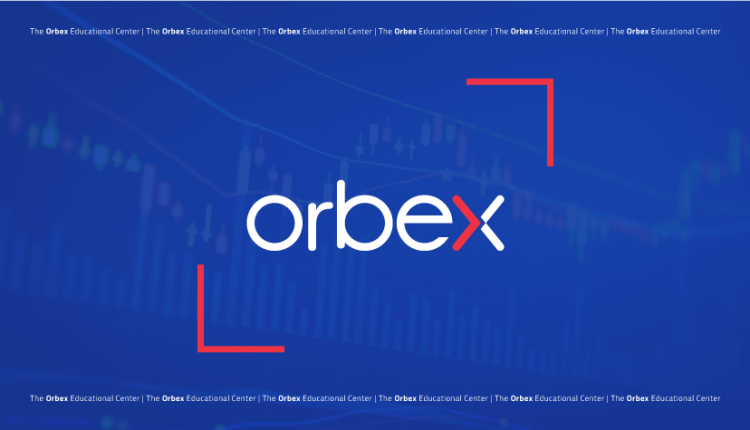How to Set Up Your Own Indicator – Verification

So far in this series, we’ve talked about how indicators basically work by identifying patterns. They do this by focusing on relationships between certain data points, and they are represented in the form of graphs to make patterns easier to identify.
The “signals” that an indicator gives you are, in essence, your set of underlying statistical tools – typically algorithms – saying that certain market conditions have been met.
Now the main question is, how do you know that these are patterns? And if they are, are they useful? The second question is what deals with whether an indicator “works” or not.
The practical utility of the indicator is to tell you when it’s a good idea to trade – which is a different question than whether the indicator is processing market information in the way it is supposed to.
The technical purpose of an indicator
An indicator is a set of calculations that pulls bits of data out of the market; so the trader has to direct it to take out the information that is useful.
Essentially, you need an indicator to find patterns. For example; SMA. It averages the open and close prices over a period of time. If you set the SMA value too low, then the result will bounce all over the place, and not give you a pattern that is useful. If you set the value too high; it will give you a trend that is so long that it will be virtually flat and there will be no pattern to detect.
Given that we are looking for patterns, we need to set up our indicators so as to give them the best chance to do that. One of the the ways is to use the “standard” settings that everyone else uses, and trade with the crowd; hoping that the indicator will be popular enough that the standard settings will fall into the self-fulfilling prophecy mentioned in a previous article.
Not having the right values for the conditions could be one of the reasons why an indicator doesn’t seem to be producing any recognizable patterns; leading to traders saying it “doesn’t work.”
The practical purpose of an indicator
After tweaking the indicator so that it reads the underlying data in a way that maximizes the chances of detecting a pattern, we then have the issue of whether those indications are, indeed, useful for trading. And not just for any trading, but for your kind of trading.
For example, your trading style might require a minimum of 100 pip moves, because you take long-term orders. So, if you have an indicator that keeps giving you signals, but all the moves are just 10 pips, you might say your indicator “doesn’t work.”
However, this would be something a scalper might find very useful, so you can decide to change your trading style to match your indicator should it meet your needs.
Then, of course, there is the problem of your indicator appearing to show a pattern that looks very tradeable, but is, in fact, just a coincidence. You may find yourself losing money on what looks like a good indicator, but in reality is not.
So, how can you tell?
Practice makes perfect
The thing about patterns is that they are replicable – and the whole point of using an indicator is to find a pattern that repeats over time.
Consequently, if you take your indicator and use it repeatedly over a lot of data, the pattern should hold up with consistency. Now, there is that tired but true caveat that past results don’t predict future results, which is definitely something you have to remember.
Getting a lot of data to test can give you too much confidence that your indicator “always” works, but the advantage of testing an indicator isn’t to confirm that it works every single time, but to reduce the relative risk of loss.
For example, if you backtest your indicator over a period of 1,000 days (something that’s hard to do with a real-time market, but is possible with backtesting), this will give you between hundreds and thousands of data points (depending on the frequency of the signals your indicator produces).
This allows you to reduce the chance that your indicator is “working” just by coincidence, and calculate a ratio of hits and misses. This data won’t help predict whether the next trade you make will work, but it does help develop a long-term trend. And there is always the risk that the market dynamics have shifted.
However, the more data you have, the more likely replication will be consistent. This is why you want to backtest your strategy and indicators as much as possible and keep a record of how your trades are performing in real-time. Sample size is important in science, and if you are going to turn your trading into a science, the same applies to how you study your indicators.




